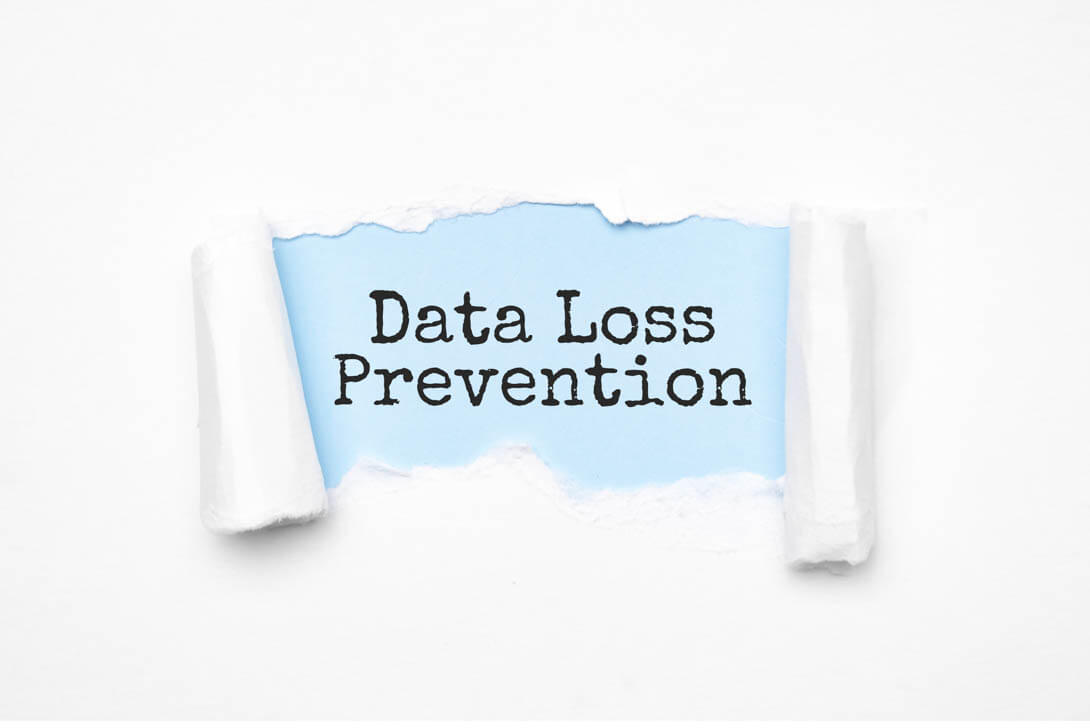Data thefts are commonplace in today’s cloud era. Data breaches are happening despite the so-called precautions in place, and that cannot be denied or argued. Organizations need to be constantly vigilant, and any lax on their part will result in a security breach so stealthily that they will have no time to comprehend the magnitude of that data breach and forget about putting counteractive measures in place. Sometimes, the primary reason for such employee data breach scenarios is not found outside the firm, but very much inside it, right in front of them, unfortunately by their employees.
Employees have a high level of physical and digital access to confidential information. Whether it is unintentional or deliberate, they have the power to inflict severe damage to the concern. Negligent and vulnerable employees count for 53% of data security breaches while malicious insiders add up to only 25% as per the IBM X-Force-Threat-Intelligence-Index. Apart from training the new employees for accessing sensitive data, it is advised that the company handle the disgruntled employees too for fear of getting its data breached through ill-intent.
Data Theft by Unsatisfied Employee
It is well worth keeping an eye on employees who have had virulent disagreements with management or company policies. Also, discontent gets sparked during evaluations due to an inadequate assessment. Companies may see a spike in sensitive data access just before the employees quit and transit to other places for employment. Watch out for employees who suddenly start working in the office for late hours when the rest of them have gone home. Also, when an employee has an unexpected change in his financial situation, then it has to be investigated whether the cause is due to the selling of sensitive data to earn some extra money. Such suspicious matters have to be reported to the management promptly so that appropriate actions can be taken.
Long-term Employee Data Breach Scenarios
When there is a lax in data protection, the long-term employees are already aware of the system vulnerabilities, and it takes them no time to access sensitive data given their association with the company. Without the proper implementation of Data Loss Prevention tools, employees can copy files into their devices, and email confidential information from the on-premise system to a personal email through popular information-sharing platforms like Google Drive or Dropbox. It can be achieved quickly without the organization being able to track the person who forwarded or received it.
DLP Solution for Employee Data Breach Scenarios
Effective DLP solutions enforced through company policies can help prevent data theft by employees. It blocks the predefined sensitive data from transferring or downloading based on name, type, content, or compliance profiles, and this is a practical step to comply with regulatory standards like HIPAA, GLBA, GDPR, PCI, etc. Also, DLP solutions can be run on each employee’s devices and checked for the presence of sensitive data. The data thus found can be deleted. Also, Mobile Device Management (MDM) techniques, blocking of the camera, Bluetooth, and WiFi options on BYOD devices on company premises can be undertaken to reduce employee data breach scenarios.
CASB solutions to Remote Network Connections
Data can be secured in a digital environment, but it is hard to account for the outside environment. Remote working is one more possibility where there is a risk that the company’s data is shared across the employee’s physical devices. Unlawful appropriation of tools, and sharing passwords, encryption keys, and laptops with third parties in an uncontrolled out-of-office-zone environment are all factors for employee data breach scenarios. Here CASB approach works for cloud security across hostile uncontrolled environments against unauthorized data access.
CloudCodes DLP Strategy
CloudCodes DLP i.e., Data Loss Prevention in cloud computing helps the organization in monitoring, track, and prevent business data on the cloud, while in use, in motion, or at rest. To avoid data breaches or data loss from cloud apps like G Suite, Office 365, Google Drive, Dropbox, One Drive, etc., Data Loss Prevention enables the IT admin of the organization to set up policies through the CloudCodes CASB dashboard. With these policies, businesses can keep a check on the way their data is being used and can track or restrict several functions like sharing, downloading, copying, printing, etc. for a single user, particular OUs, or the entire organization. Data loss prevention in cloud computing also helps businesses adhere to compliances like PII, PHI, PCI, HIPAA, etc.
Effective data security policies like the implementation of DLP solutions in the form of CASB tools, together with sufficient employee training and management for improved awareness regarding access to sensitive data, help in warding off such insecurities of data breach scenarios. Outside threats and employee, negligence can be guarded against, but when malice comes under the guise of a trusted employee within your own company, then it is hard to predict and further hard to avoid. So companies mustn’t neglect human emotions in a company full of digital systems.

